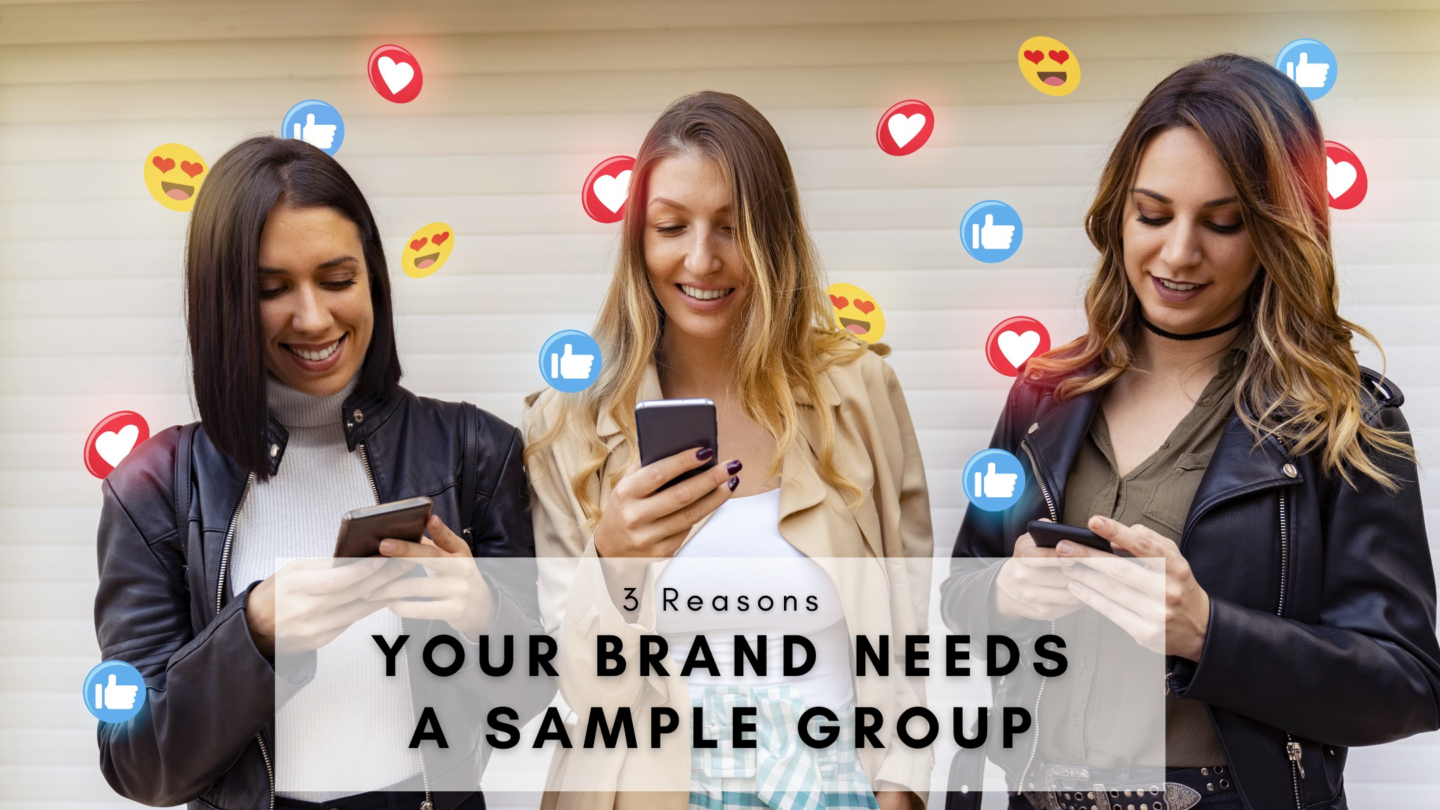You know who your target audience is — but how do you keep your finger on the pulse of what they want? If you’re nailing meeting them where they’re at right now, that’s worth celebrating. But it also makes now the perfect time to position yourself to accommodate their needs as they, and your business, change.
As the world changes, the needs and expectations of your audience will change, too. In 2020 alone, people’s preferences for brands changed dramatically, showing a significant increase in consumers’ desire to see the brands they support speak out on social and political issues.
If you have a strong connection to your target audience, it’s time to create a sample group. Identify a few key customers at each stage of the customer lifecycle. You’ll want to hear from brand loyalists, but you’ll also want to make sure you’re listening to new customers, too. Invite these key customers to be a part of your brand’s sample group. It’ll make them feel like they’re a part of something bigger, and help you get some solid micro influencer value in return.
So, what exactly will your sample group do?
1. Test product quality
When it’s time to release a new product, this group will come in handy. Send out free samples of the new product and create an open dialogue with your sample group. It can even be healthy to invite them to dialogue with one another. Be prepared to take their feedback to heart, and make adjustments to the product where necessary.
This also gives you the chance to zero in on the things that will be most loved about a new product. Evolve those into your key features and benefits in your product copy to really make the most of the feedback.
2. Generate early web reviews & testimonials
You can also feature the group’s feedback as testimonials for your product launch assets, like ads, landing pages and the product page. Don’t hesitate to ask for user-generated content in exchange for the free product, either. Your group may share a photo or video on their social media talking about the product.
You can recycle that content and let it drive traffic for you. But, make sure you establish a clear precedent with the group about when and how product info can be shared if you’re not comfortable with news of an upcoming product launch leaking from a source other than your brand.
The feedback this group offers should also be used to generate early web reviews. Reviews get more and more important to consumers all the time — 97% of shoppers say they’re influenced by reviews, so it’s great to make sure you’re offering access to that information upfront.
3. Enlist brand advocates
Like we said, you’re going to want to bring your existing brand loyalists into this group, but newbies should be included, too. Making them feel like they’re part of the bigger picture, inviting them to have a say in how new products are perceived, and even implementing their feedback to improve the product are all serious brand loyalty wins.
You get more staying power and personal investment from customers who feel like they have a stake in your brand. Plus, they’re more likely to tell a friend, family member or follower(s) about this cool sample group they get to be a part of! It’s a great way to enlist and encourage brand advocacy.
Key Takeaways:
Things change fast in the world we’re living in. Keeping up with your audience can feel like a challenge, but a sample group gives you valuable insight into their needs. It also gives your overall marketing strategy a boost by letting you test product quality, generate web reviews and testimonials, and turn new customers into advocates for your brand. Time to start identifying your sample group.
